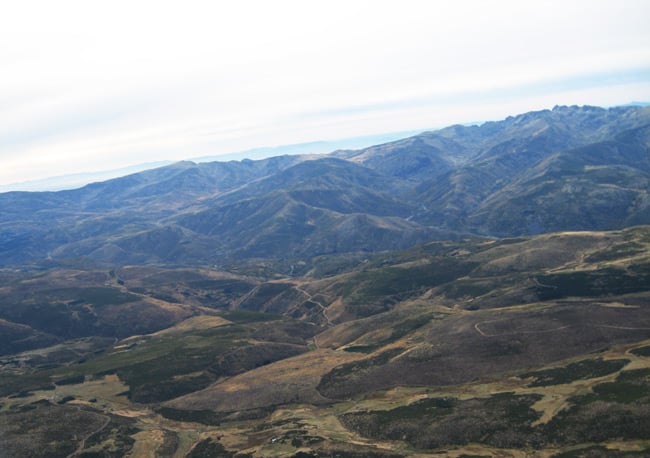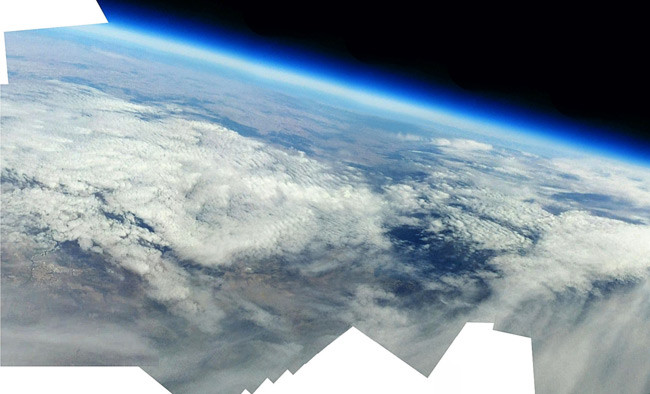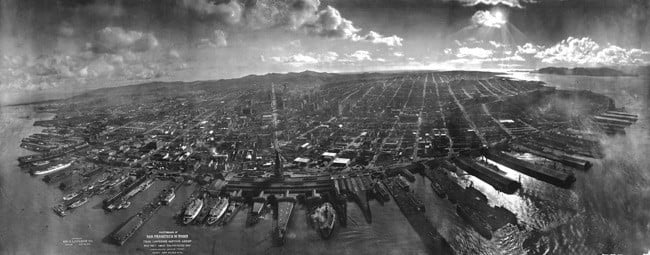This article is more than 1 year old
The DIY spy-in-the-sky: From kites to octocopters
A beginner's guide to aerial surveillance
Last week, we offered a brief history of aerial surveillance, with a promise to give a few pointers to the budding DIY spy-in-the-sky.
Interest in airborne photography has skyrocketed in the past few years, driven by the availability of lightweight cameras packing plenty of pixels at bargain basement prices.
Such kit allows kids to grab hi-def images of Hello Kitty in the stratosphere, while grown-ups are strapping miniature vid grabbers to model aircraft.
Our own Paper Aircraft Released Into Space (PARIS) helium balloon mission deployed two cameras - a Canon PowerShot A560 and Kodak Zx1 - selected for affordability and weight. We've also got a FlyCamOne and, for our forthcoming Low Orbit Helium Assisted Navigator (LOHAN) launch, a GoPro HD HERO.
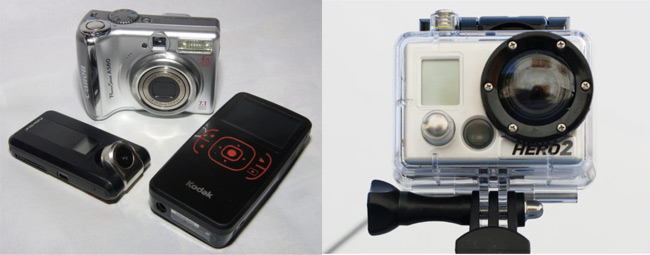
The FlyCamOne, Canon PowerShot A560, Kodak Zx1 and GoPro HD HERO
While the GoPro is pretty well de rigeur these days for High Altitude Ballooning (HAB) missions, it costs a few bob, and if you're really strapped for cash a second-hand stills or vid camera can still deliver the goods.
Here's a PARIS snap from the Canon A560...
...and a high-altitude montage assembled from stills from the Kodak Zx1:
So, a balloon is a pretty effective way of getting aloft - as we saw in our history of the sky spies last week, the first existing serial snap is a view of Boston grabbed from a hot-air globe by James Wallace Black and Samuel Archer King way back in 1860.
The process is simple enough. You'll need a meteorological balloon, some helium or hydrogen, depending on your budget and smoking habits, a camera and a means of tracking your payload.
Here's LOHAN team member Dave Akerman preparing for last year's Special Project Electronic Altitude Release System (SPEARS) test flight - a mission which included a GoPro camera, but which sadly ended in the English Channel:
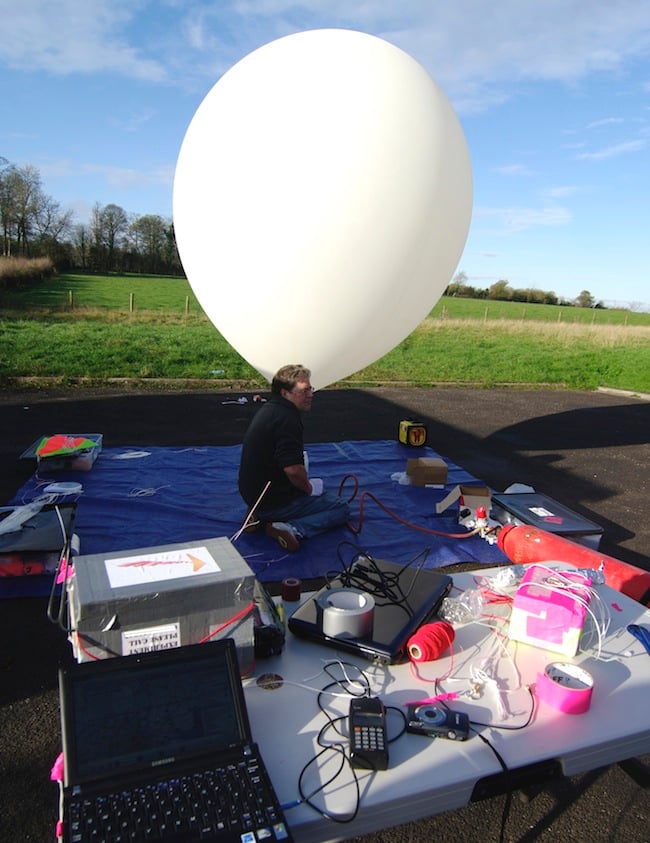
The downside of strapping your camera to a mighty gas-filled orb is that you don't have control over where it will fly, so if you're happy with operating at lower altitudes, Kite Aerial Photography (KAP) is worth a look.
The first man to suspend a camera from a kite was Brit meteorologist Douglas Archibald, in 1887. The most famous KAP image is George Lawrence's 1906 panorama of post-earthquake San Francisco, taken on a hefty 22kg plate camera:
Modern KAP snappers usually restrict themselves to a small SLR as their maximum payload, with hobbyist shops supplying lifting "rigs" ranging from a basic frame to servo-controlled monsters - the latter capable of supporting a full-fat digital SLR, if you're determined to push it to the limit.
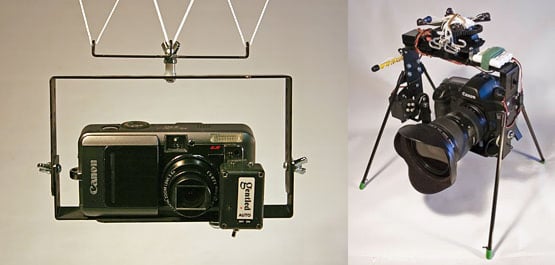
You can either trigger your camera remotely, or try an intervalometer, as we did on the PARIS Canon, using the splendid Canon Hack Development Kit.
Alternatively, the latest GoPro video camera can do time-lapse stills at up to 60 second intervals, and boasts a Wi-Fi remote control option.
Whatever device you choose, you can get some pretty impressive results, although you are, of course, at the mercy of the wind.
